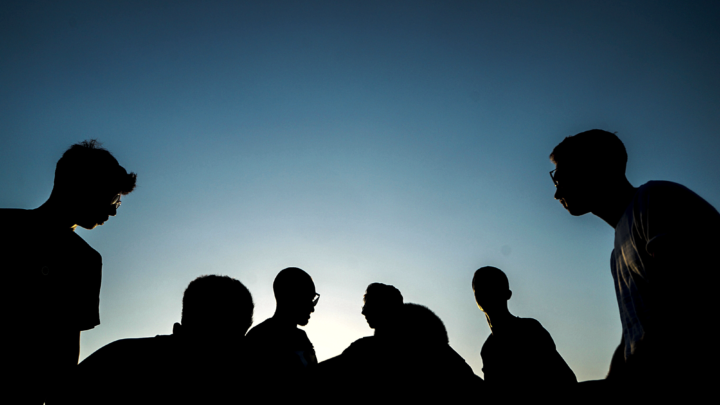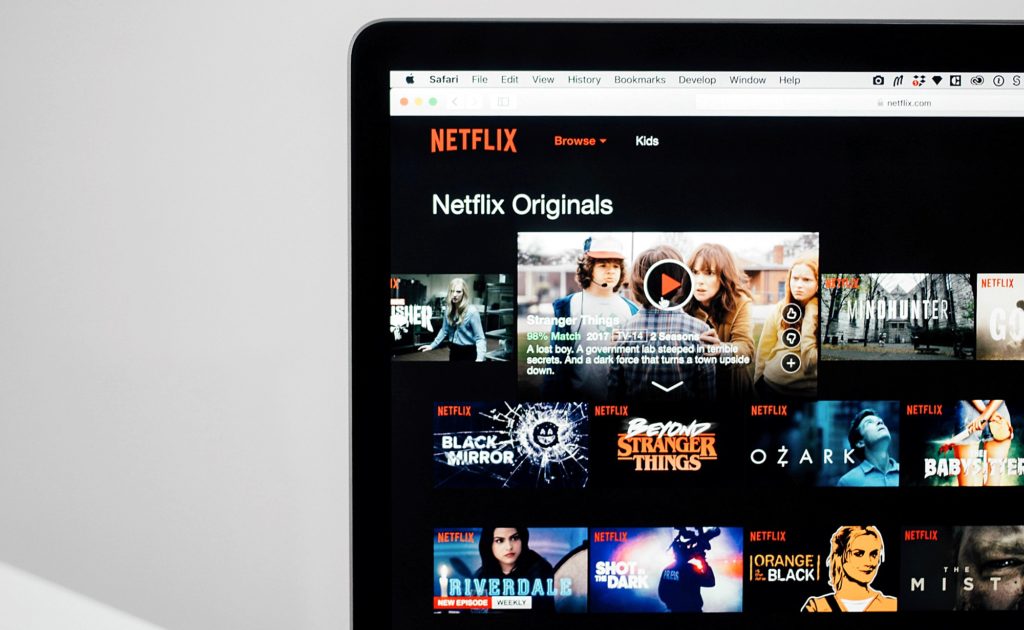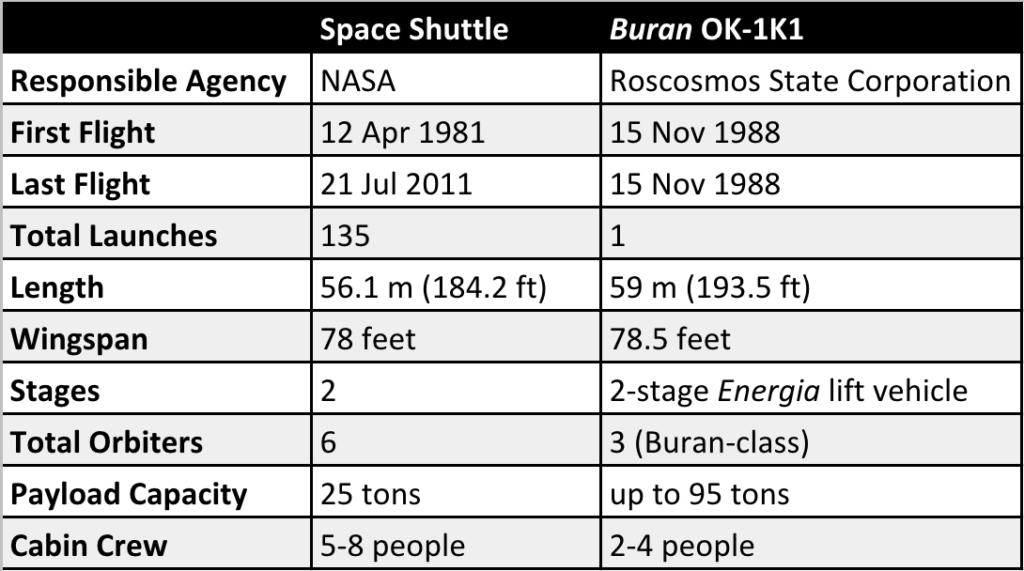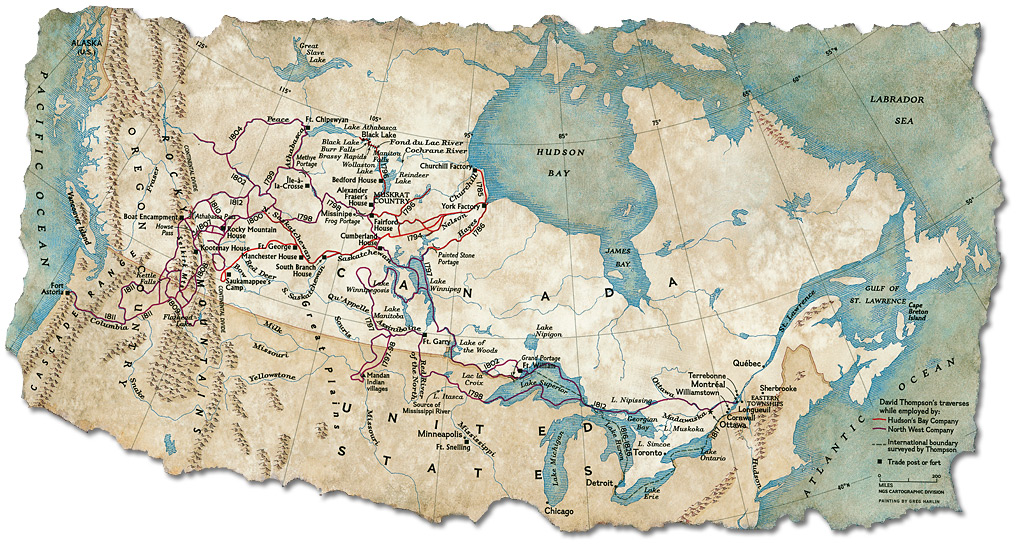There’s plenty to appreciate about human-centeredness in design, undoubtedly, if there’s ever an era in our history to look into the depths of human needs to innovate it has come now. We have been doing it all with technology but now it requires us to move away from tech talk and focus on social justice for an inclusive society with ‘human-centered capitalism’.
“We need to move to the next stage of capitalism, a human-centered capitalism, where the market serves us instead of the other way around.”
The “Freedom Dividend”: Inside Andrew Yang’s plan to give every American $1,000
Quoting the Democratic 2020 Democratic Presidential candidate, entrepreneur and non-profit founder Andrew Yang, from an event in New Hampshire. His policy proposal called “Freedom Dividend”, a universal basic income (UBI) plan that aims to provide $1000 per month / $12000 per annum for every American adult above the age of 18. Although the concept of universal basic income isn’t innovative in itself but the idea of designing an economy centred around human-needs does produce an intriguing justification. The task of designing an economy centred solely around human needs & desires, employment challenges, cultural mindsets and based on considerations such as the demographics of the population and their skills would be compelling. Depending upon how it matches up to the potential of some populist dimensions ‘human-centered capitalism’ could be a permanent feature for governments to steer the economy in various directions. And I’m seriously drawn towards making the idea of social justice for an inclusive society through ‘human-centered design’ possible.
“The freedom dividend stacks on top of Social Security, it stacks on top of anything healthcare related, such as Medicare. It stacks on top of housing assistance,” Yang replied. “The things it does not stack on top of are essentially cash and cash like benefits. So this is SNAP, heating oil, other programs that are essentially trying to put cash in your hands to manage an expense.”
The “Freedom Dividend”: Inside Andrew Yang’s plan to give every American $1,000
It means, regardless of whether individuals who are above the age of 18 are employed/unemployed, the government promises to pay $1000 to enable them to pay their bills, which I believe if and when it’s implemented, would be a safety net to safeguard people’s future. It’s a brilliant strategy to put money into people’s hands and set free the future generations from the clutches of rising debt, unemployment, and above all, prevent them from abject poverty and finally, homelessness.
The Crux of Human-Centered Capitalism
Apart from the benefits that I have already outlined so far, the implementation of the UBI plan would instinctively kickstart economic growth and rise in employment. As stated in the brief on “Freedom Dividend” which would “[…]permanently grow the economy by 12.56 to 13.10 percent—or about $2.5 trillion by 2025—and it would increase the labour force by 4.5 to 4.7 million people.” However, it doesn’t mention an important aspect of the UBI which is, there might be a significant drop in the rate of chronic diseases and mental disorders owing to the apparent change in the overall lifestyle choices of the people, that would also stop taxing the economy. There’s no doubt that rolling out the UBI would definitely prove to be a boon for the economically weaker section of the society on a global scale without getting caught in the hype of ‘taxing the rich and gifting the poor’.
What’s An Inclusive Society?
In passing, I loved the definition of an ‘Inclusive Society’ from the draft of a UN’s document on the subject, and I’m going to leave it right here for readers to think about and envision what kind of world they’d like to live in? Most prominently, I’m excited about the possibilities and looking forward to the time when an opportunity would arise to collaboratively design an inclusive society using the principles of human-centered design as a pivoting tool.
An inclusive society is a society that over-rides differences of race, gender, class, generation, and geography, and ensures inclusion, equality of opportunity as well as capability of all members of the society to determine an agreed set of social institutions that govern social interaction. (Expert Group Meeting on Promoting Social Integration, Helsinki, July 2008)
Creating an Inclusive Society: Practical Strategies to Promote Social Integration; DESA 2009
Photo by Papaioannou Kostas on Unsplash





